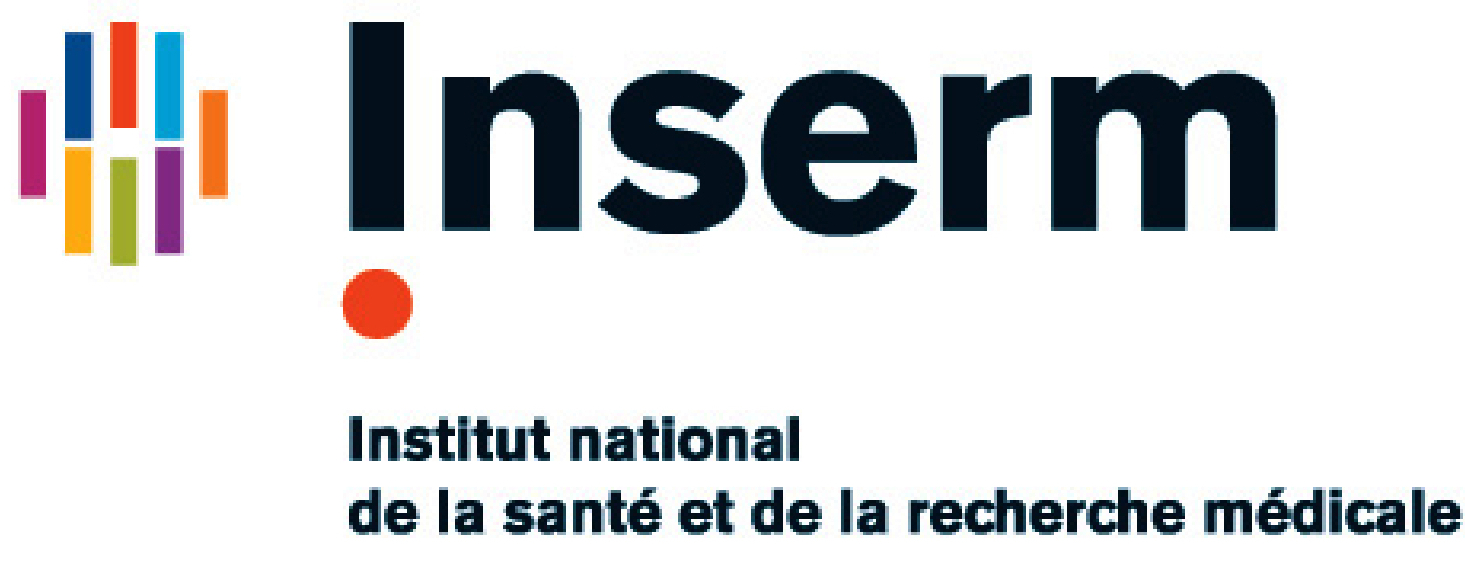Endogenous Interleukin-33 Acts as an Alarmin in Liver Ischemia-Reperfusion and Is Associated With Injury After Human Liver Transplantation
Résumé
Ischemia and reperfusion injury is an early inflammatory process during liver transplantation that impacts on graft function and clinical outcomes. Interleukin (IL)-33 is a danger-associated molecular pattern involved in kidney ischemia/reperfusion injury and several liver diseases. The aims were to assess whether IL-33 was released as an alarmin responsible for ischemia/reperfusion injury in a mouse model of warm hepatic ischemia, and whether this hypothesis could also apply in the setting of human liver transplantation. First, a model of warm hepatic ischemia/reperfusion was used in wild-type and IL-33–deficient mice. Severity of ischemia/reperfusion injury was assessed with ALT and histological analysis. Then, serum IL-33 was measured in a pilot cohort of 40 liver transplant patients. Hemodynamic postreperfusion syndrome, graft dysfunction (assessed by model for early allograft scoring >6), renal failure, and tissue lesions on time-zero biopsies were assessed. In the mouse model, IL-33 was constitutively expressed in the nucleus of endothelial cells, immediately released in response to hepatic pedicle clamping without neosynthesis, and participated in the recruitment of neutrophils and tissue injury on site. The kinetics of IL-33 in liver transplant patients strikingly matched the ones in the animal model, as attested by serum levels reaching a peak immediately after reperfusion, which correlated to clinical outcomes including postreperfusion syndrome, posttransplant renal failure, graft dysfunction, and histological lesions of ischemia/reperfusion injury. IL-33 was an independent factor of graft dysfunction with a cutoff of IL-33 at 73 pg/ml after reperfusion (73% sensitivity, area under the curve of 0.76). Taken together, these findings establish the immediate implication of IL-33 acting as an alarmin in liver I/R injury and provide evidence of its close association with cardinal features of early liver injury-associated disorders in LT patients.
Origine : Fichiers éditeurs autorisés sur une archive ouverte
